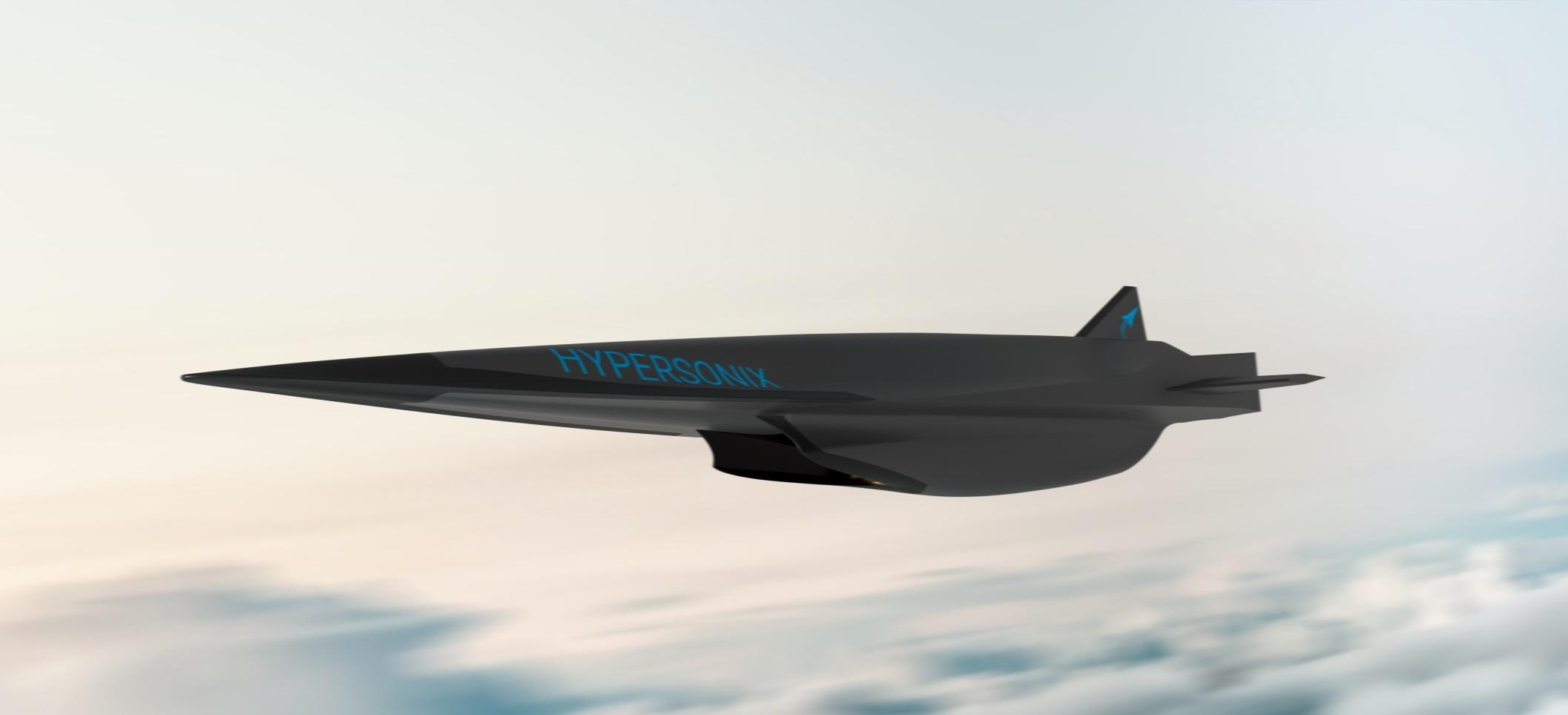
Opinions vary on the AUKUS partnership’s likely long-term effects on Australia’s military capacity. To some, it is a once-in-a-generation opportunity to foster international collaboration, spur private investment and build a more robust domestic defence industry. To others, it is an invitation to open more Australian tenders to prime contractors from the US and Britain, thereby drowning Australia’s small businesses under a tsunami of foreign competition.
As ASPI notes in a new study, the course the alliance takes depends on Australia’s ability to get details right. Its fate is entirely in its own hands. As in any competitive endeavour, winning will require making the most of existing advantages.
Few technology areas illustrate the importance of Australia’s competitive advantages as hypersonics do. Australia has two important assets which, properly managed, could make the country not only a critical enabler of joint hypersonics research and development but a global leader in its own right. Those advantages are geography and brainpower.
Start with brainpower. In 2020, the United States’ hypersonics research and development efforts were just moving from scattered early-stage research into major prototyping programs of record. That same year, its Department of Defense awarded Texas A&M University a five-year contract to establish and manage the University Consortium for Applied Hypersonics.
Australia got in on the effort early. Defence Science and Technology Group investigations of the capability go back at least to 2006, through joint experimentation with the US Air Force Research Laboratory. In late 2020, the Southern Cross Integrated Flight Research Experiment emerged from that partnership. Six Australian universities are affiliated with the consortium led by Texas A&M. In January 2022, the Morrison government inaugurated the Australian Hypersonics Research Precinct. Spinoffs abound.
Growing out of that nascent innovation ecosystem was the Australian startup Hypersonix, one of the few small companies to challenge the global defence prime contractors and become a well-known name in the field. Hypersonix was recently awarded a contract through the US Defense Innovation Unit to provide a hypersonic drone for testing in early 2025.
But the rate of progress may be peaking. Significant headwinds limit Australia’s ability to take full advantage of early investments. One of these is its system for controlling export of sensitive military technologies.
Contrary to common belief, the main problem is not that Australian hypersonics development efforts are hamstrung by the United States’ draconian International Traffic in Arms Regulations. On the contrary, Australian export controls are inadequate—especially for technologies with strong national security implications like hypersonics. Failing to protect military secrets to the level expected by international partners restricts the ability of Australian businesses and academic departments to participate fully in international innovation efforts. Addressing this gap while avoiding the dysfunction of the US system will be critical to making the most of AUKUS Pillar II.
A second factor restricting Australia’s ability to capitalise on brainpower is its industrial security program. As important as protecting military secrets is maintaining a system for sharing them among those who need to know. This requires secure facilities, robust information technology systems and thorough vetting of researchers and engineers, including university students. The Defence Industrial Security Program, charged with helping private-sector organisations achieve these objectives, is slow, expensive and poorly integrated with its counterpart in the US.
Fixing these problems is largely a matter of legislation, regulation and organisation. Investment will be necessary, but not much compared with other spending. The secret of success is turning the focus away from glitzy hardware and towards the administrative details that enable its development and eventual shift into production.
Along with Australian brainpower goes fortunate geography. Test range availability is holding back US development programs, as highlighted in a recent annual report from its operational test and evaluation enterprise. Over-water ranges inhibit the ability of US researchers to study terminal phases of flight and recover test vehicles. They open opportunities for observation by strategic competitors. Australia possesses vast amounts of the flat, empty terrain that’s low in electromagnetic interference. That land is ideal for testing hypersonic systems.
What does it take to capitalise on this competitive advantage? First, Australia must have classified information management systems that operate seamlessly with those of allied partners. Operational testing requires vast amounts of data. This data is recorded on test vehicles, transmitted through myriad communication channels and shared among developmental engineers.
Australians can’t fully participate in that data-powered ecosystem because of US and Australian rules for classified data handling that restrict access to enabling technologies such as encryption. Compounding the problem are poor integration between partner data-management systems and, again, export control regulations that discourage joint hardware development and draw out timelines for technical assistance agreements.
A second obstacle to making the most of geography is technical standards. Global supply chains are enabled by shared standards that regulate everything from manufacturing to energy. Standards are what allow semiconductors from Taiwan to fit automobiles from Mexico, and Australian components to fit French aircraft auxiliary power units. Standards across the defence industry allow deconfliction of electromagnetic spectrum, safe handling of explosives and so on.
Many of the standards employed by Australia’s defence industry do not match those of international partners. This makes collaboration difficult. Any partner wishing to make use of Australian test facilities would add time and money to its program schedule in addressing such complications.
Hypersonic vehicles are one of many technology areas in which Australia has much to offer. Too often, the critical bottleneck is not scarce resources but a lack of basic planning and coordination. Such prosaic obstacles should not prevent Australia from making the most of its competitive advantages. If we are to fully capitalise on the AUKUS opportunity, we must start by fixing the little stuff.